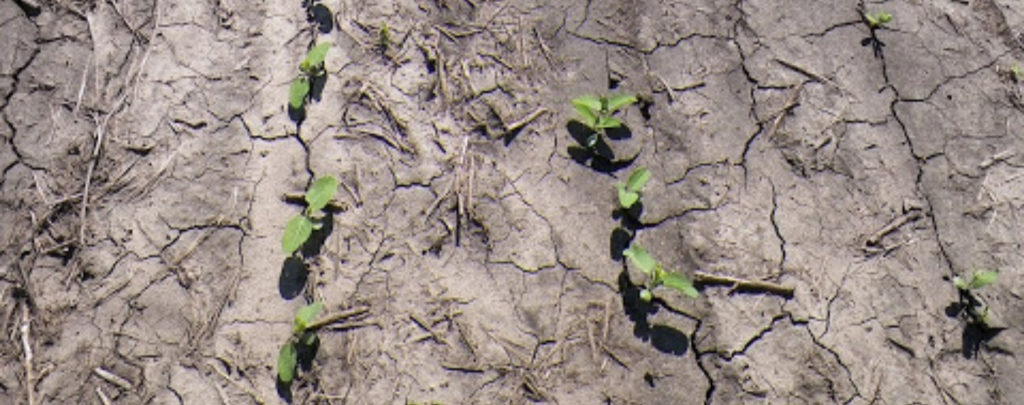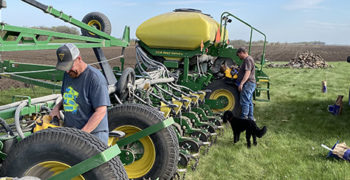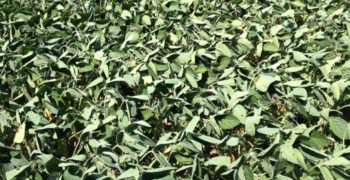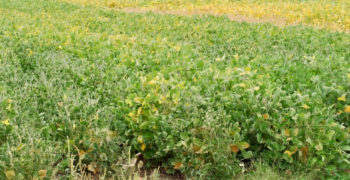How it occurs:
Every year brings different weather patterns. And with different weather patterns bring different planting patterns. The years where soil crusting is mostly present is tillage and planting continues when the soil may be too wet. Once the soil has been planted after being a little too wet, it increases a potential for crust to occur and it weakens soil aggregates. The crust will form after heavy rain droplets hit the aggregates and break them into individual sand, clay and silt particles. These particles then move along with the water and compact together very tightly. The most common areas of soil crusting being present is tilled fields where residue is lighter in most places
What it does:
Soil crusting reduces these three things. It reduces water infiltration, soybean emergence and oxygen diffusion. Soil crusting will increase soil erosion as well.
What can you do?
The first step for the producer is to identify which fields are more prone to others for severe soil crusting, and develop any type of strategy to help improve emergence in those areas. One of the best strategies to start with is to plant the smallest soybean seed varieties in fields where soil crusting is common. The reasoning behind this is a smaller cotyledon is formed and lifts out of the soil easier than a larger seed with a larger cotyledon. Another way is to plant in 28-30 in rows. The seeds are planted close enough to each other that they actually help each other emerge quicker and more efficiently. The last strategy is to plant a little more shallower, and lift the row cleaners up more than usual to maintain equal residue cover throughout the field.
Solution:
The short term solution is to be consistent with the management practices you do each spring. Long term solution is to increase organic matter levels and leave more crop residue laid out along the surface.



